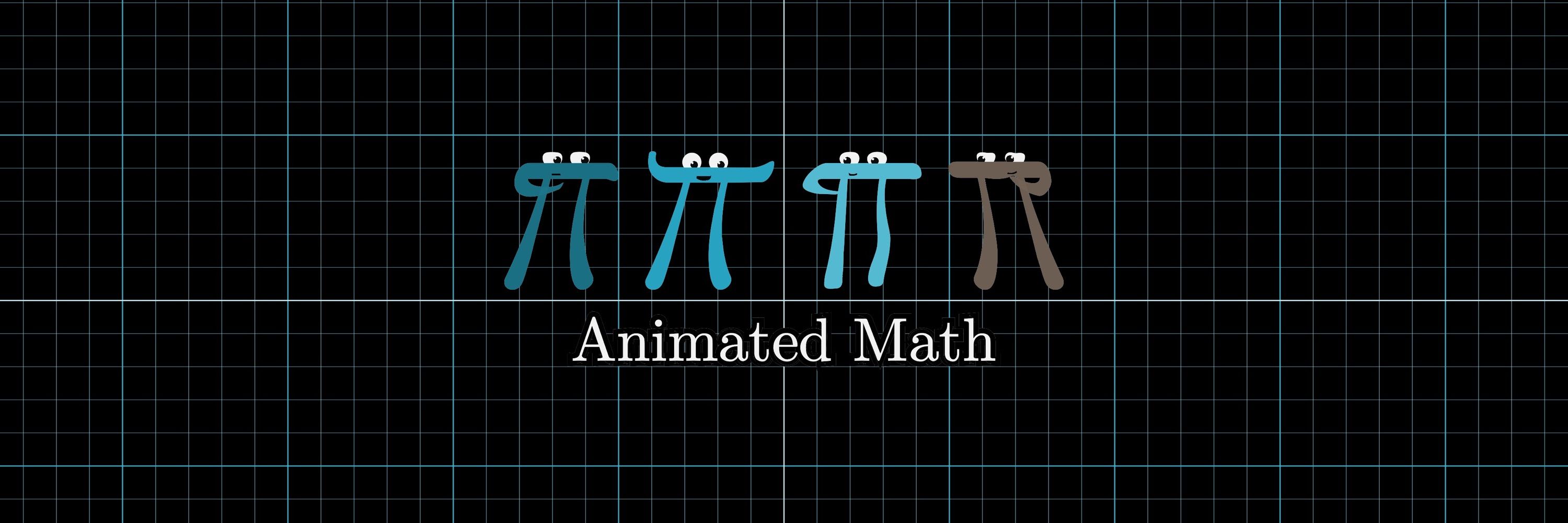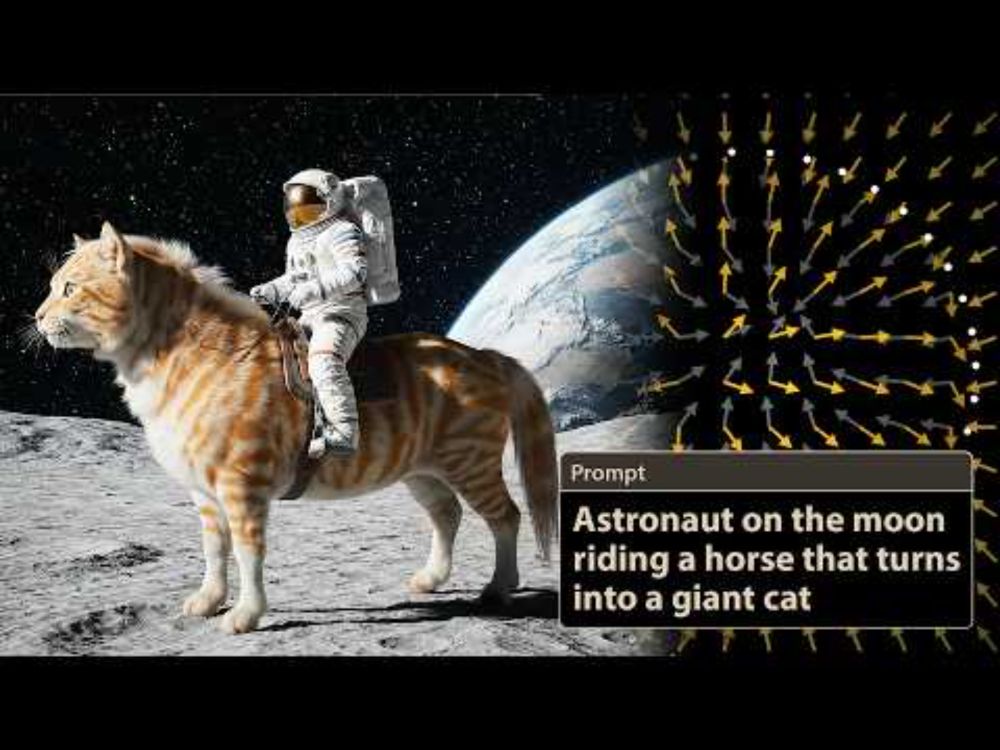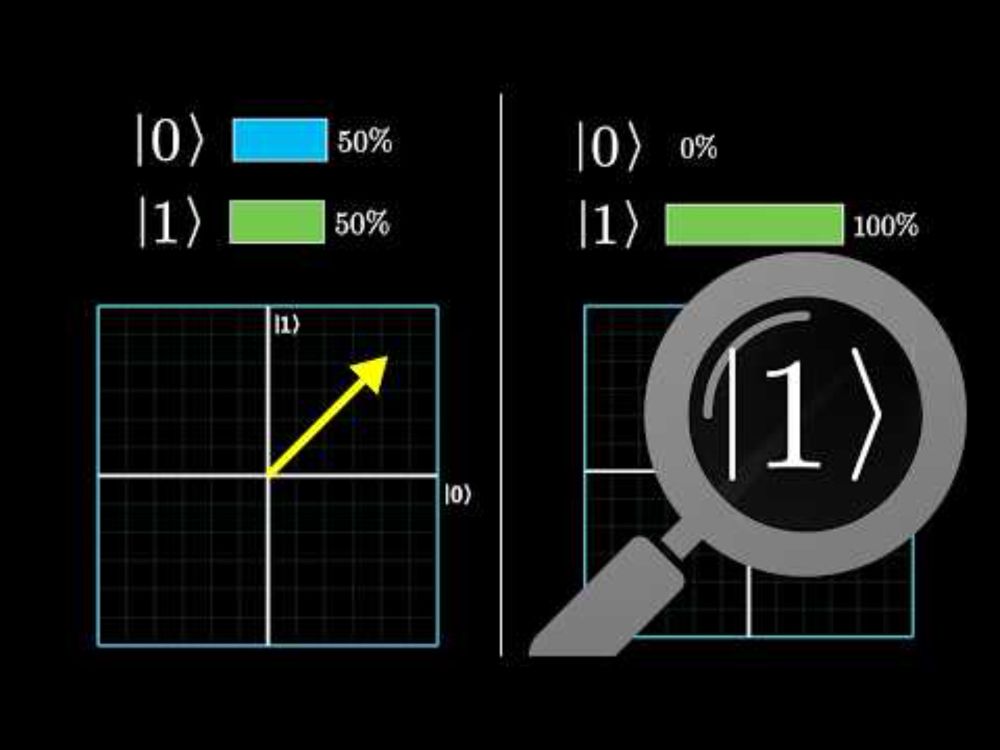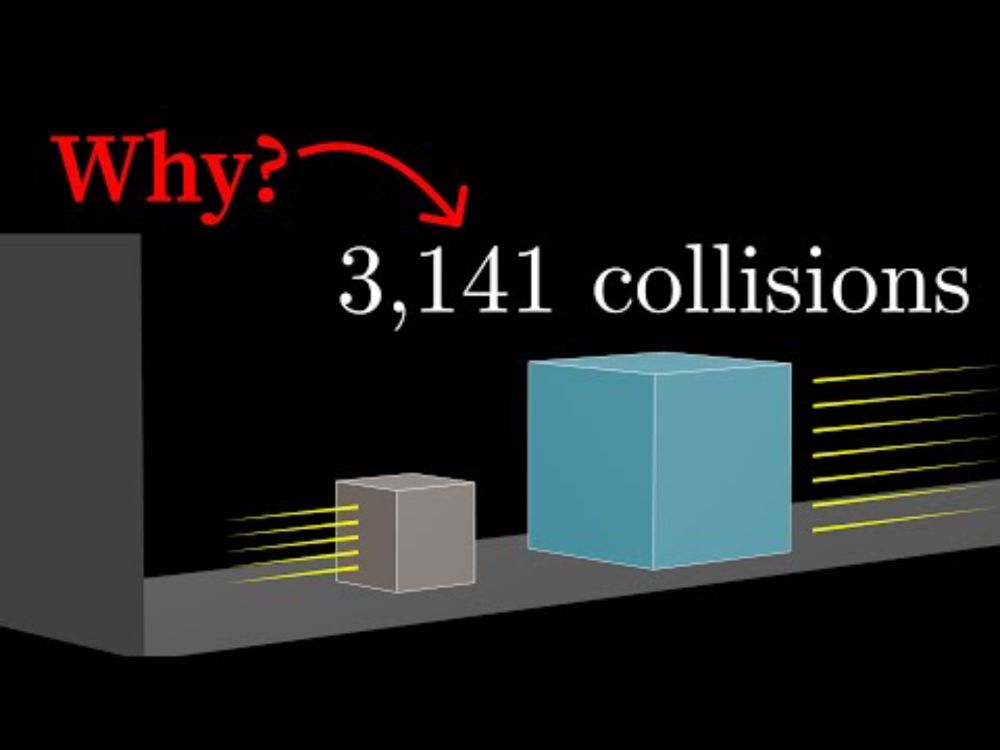Posts
Media
Videos
Starter Packs
Grant Sanderson
@3blue1brown.com
· Jul 25
Grant Sanderson
@3blue1brown.com
· Apr 30
Grant Sanderson
@3blue1brown.com
· Apr 30
Grant Sanderson
@3blue1brown.com
· Apr 30
Grant Sanderson
@3blue1brown.com
· Apr 30
Grant Sanderson
@3blue1brown.com
· Apr 30
Grant Sanderson
@3blue1brown.com
· Apr 30
Grant Sanderson
@3blue1brown.com
· Apr 30
Grant Sanderson
@3blue1brown.com
· Mar 13
Grant Sanderson
@3blue1brown.com
· Feb 26
Grant Sanderson
@3blue1brown.com
· Feb 26
Grant Sanderson
@3blue1brown.com
· Feb 26
Grant Sanderson
@3blue1brown.com
· Feb 26
Grant Sanderson
@3blue1brown.com
· Feb 26
Grant Sanderson
@3blue1brown.com
· Feb 26







